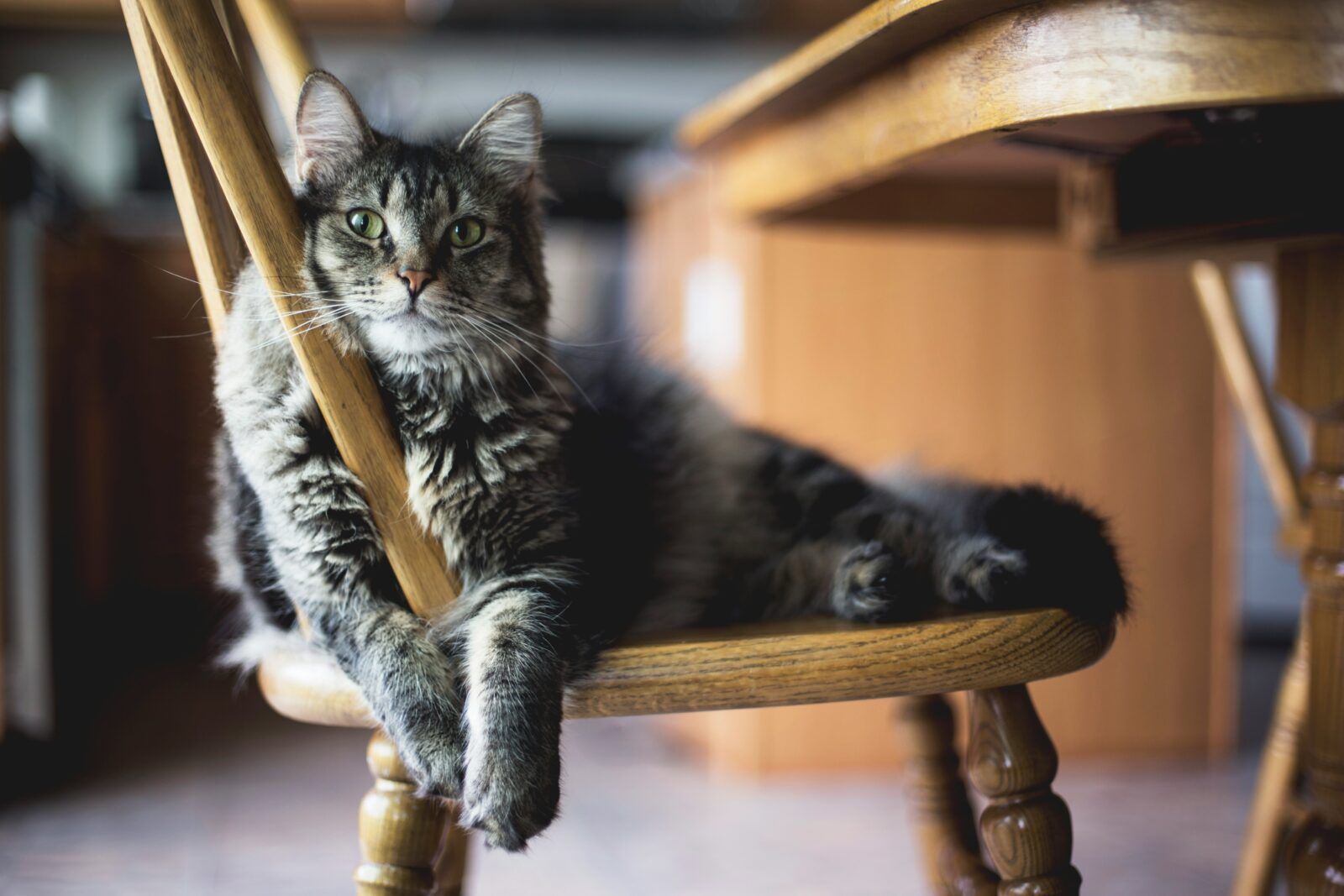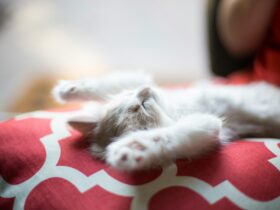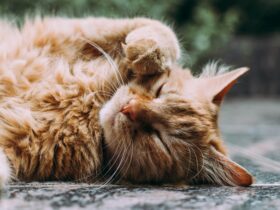Blog: Persian Cat Breed Information & Characteristics | Pet Obesity Is on the Rise—and Not Just Because of the Pandemic—According to New Study
Introduction
Pet obesity is a growing concern among pet owners and veterinarians alike. While the COVID-19 pandemic has certainly contributed to lifestyle changes that may affect pet health, a recent study reveals that pet obesity is on the rise for various reasons beyond the pandemic. Understanding these factors is crucial for Persian cat owners who want to ensure their feline friends maintain a healthy weight. This blog will delve into the key findings of the new study, explore how these factors contribute to rising obesity rates in pets, and provide actionable tips to manage and prevent obesity in your Persian cat.
The Rise in Pet Obesity: A New Study’s Findings
Overview of the Study
- Study Background: A recent study conducted by veterinary researchers aimed to explore the increasing trend of obesity in pets, including cats and dogs, and identified several contributing factors beyond the pandemic.
- Key Findings: The study highlighted several trends and issues, including changes in pet owner behavior, dietary habits, and sedentary lifestyles.
Contributing Factors
- Lifestyle Changes: The study observed that many pets, including Persians, have experienced reduced physical activity due to changes in their owners’ work and lifestyle patterns. More time spent at home has led to increased feeding and less exercise.
- Dietary Issues: The availability and consumption of high-calorie, low-nutrition foods for pets have increased. Many pet owners are unaware of the caloric content and nutritional needs of their pets.
- Behavioral Changes: Behavioral changes in pets, such as increased begging or frequent snacking due to boredom, contribute to weight gain. The study found that pets are often overfed in response to these behaviors.
The Impact on Persian Cats
Specific Risks for Persian Cats
- Breed Predisposition: Persian cats are prone to certain health issues that can be exacerbated by obesity, including respiratory problems and joint issues. Their flat faces can lead to difficulty in breathing, which can be worsened by excess weight.
- Lack of Exercise: Persian cats, with their long, luxurious coats, may be less inclined to engage in vigorous play, leading to a more sedentary lifestyle and potential weight gain.
- Feeding Habits: Persian cats are often fed premium, calorie-dense foods that, while nutritious, can contribute to weight gain if not portioned correctly.
Symptoms of Obesity in Persian Cats
- Visible Signs: Look for signs such as a lack of visible waistline, difficulty in grooming due to excess fat, and noticeable fat deposits around the abdomen.
- Behavioral Changes: Monitor for signs like decreased activity, lethargy, or difficulty in jumping and climbing.
How to Combat Pet Obesity: Practical Tips for Persian Cat Owners
1. Adjust Diet and Portion Sizes
- High-Quality, Balanced Diet: Choose cat food specifically formulated for weight management. Look for options with lower calories and higher protein content to support lean muscle mass.
- Portion Control: Measure your cat’s food to ensure proper portion sizes. Avoid free-feeding and stick to a regular feeding schedule.
- Avoid Table Scraps: Resist giving table scraps or high-calorie treats. Stick to treats designed for weight management and use them sparingly.
2. Increase Physical Activity
- Interactive Play: Encourage exercise through interactive toys, such as feather wands, laser pointers, and catnip toys. Aim for at least 15-20 minutes of active play twice daily.
- Enrichment Activities: Provide climbing structures, scratching posts, and puzzle feeders to stimulate physical and mental activity.
- Regular Exercise: Incorporate daily play sessions into your cat’s routine to maintain a healthy weight and keep them engaged.
3. Monitor and Manage Weight
- Regular Weigh-Ins: Schedule regular vet check-ups to monitor your cat’s weight. Use a home scale if necessary to track weight changes.
- Adjust Diet as Needed: If your cat is not losing weight as expected, consult with your vet to adjust their diet or caloric intake.
- Track Progress: Keep a record of your cat’s weight and dietary changes to assess progress and make informed adjustments.
4. Promote Healthy Eating Habits
- Routine Feeding: Establish a consistent feeding schedule to regulate your cat’s appetite and prevent overfeeding.
- Hydration: Ensure your cat always has access to fresh, clean water. Proper hydration supports overall health and aids in weight management.
- Healthy Treats: Opt for low-calorie treats or small portions of your cat’s regular food as rewards.
5. Address Behavioral Factors
- Reduce Boredom: Provide mental stimulation through toys and activities to reduce boredom-related eating.
- Behavioral Training: Address any problematic behaviors related to food, such as begging or stealing, through positive reinforcement techniques.
- Environmental Enrichment: Create an engaging environment with toys and climbing structures to keep your cat active and entertained.
Conclusion
Pet obesity is a multifaceted issue that extends beyond the impacts of the pandemic. By understanding the contributing factors and implementing practical strategies, you can help your Persian cat maintain a healthy weight and overall well-being. Regular veterinary care, a balanced diet, and increased physical activity are key components in managing and preventing obesity in your feline friend. Stay informed and proactive to ensure your Persian cat lives a happy, healthy life.










Leave a Reply